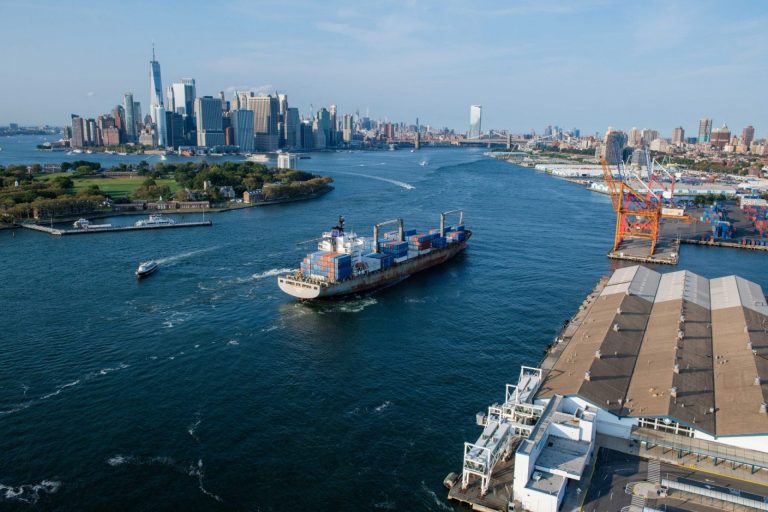
The container market prepares for potential disruptions as ILA strike looms on the US East Coast
6 months ago
The container market prepares for potential disruptions as ILA strike looms on the US East Coast

⚠️ Container Market Braces for Potential ILA Strike on US East Coast ⚠️
As the International Longshoremen's Association (ILA) considers a strike, the container shipping market along the US East Coast is preparing for significant upheaval. Already grappling with global supply chain strains, a strike could lead to port closures, shipping delays, and increased costs for businesses that depend on these critical trade routes.
📦 Key Points:
• Impact Zones: Ports from Maine to Texas are at risk of disruption.
• Affected Industries: Retail, automotive, and manufacturing sectors may experience major delays.
• Mitigation: Exploring alternative logistics strategies is crucial to reduce the impact of potential bottlenecks.
In today’s dynamic logistics landscape, adaptability and forward-thinking are essential for navigating these challenges.
Meanwhile, ocean spot rates from Asia to Northern Europe and the Mediterranean have declined by over 20% from their July peak, likely signaling an early end to the shipping season. With holiday deadlines looming for European importers, rates may drop further as demand decreases.
On the Transpacific route, early peak season shipping pushed volumes to near-record highs in August, with rates stabilizing due to high demand, particularly on routes to the East Coast. However, as the deadline to move containers from Asia before the ILA strike passes, carriers are expected to offer rate reductions.
Any prolonged strike could create backlogs, reduce capacity, and increase pressure on West Coast ports. A one-week strike, Maersk estimates, could take up to six weeks to recover from, further straining logistics during peak holiday seasons.
While West Coast ports may experience spillover from diverted ships, the possibility of solidarity actions from West Coast dockworkers—refusing to process these vessels—could intensify disruptions. Though the White House could step in to halt the strike with an 80-day cooling-off period, the ILA has resisted government intervention in the past, raising concerns of intentional slowdowns even if a forced return to work is ordered.
Other global factors, including typhoons in Asia and potential air cargo disruptions, are further complicating logistics worldwide, with congestion already reported at major Asian hubs.
Navigating these turbulent times requires flexibility, preparation, and a strategic approach to freight management.
Source: Container News